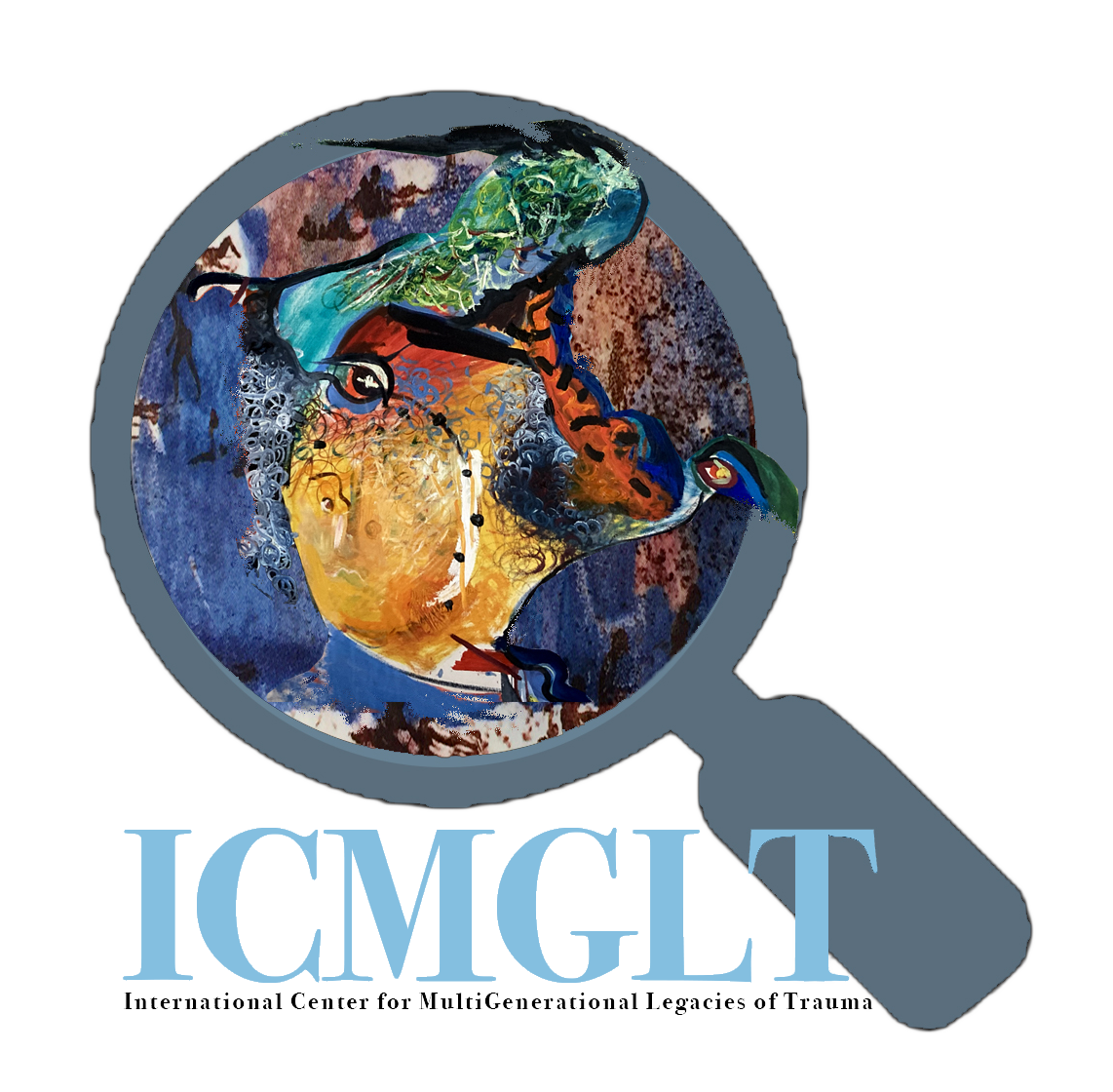Lemkin, R., & Irvin-Erickson, D. (2014). Soviet genocide in the Ukraine. Kingston: Kashtan Press.
Introduction
The Holodomor of 1932–1933 is a genocide of Ukrainian nation and one of the major crimes of the 20th century. The communist authorities of the USSR established taboo on any information about it and severely punished everyone who tried to disseminate the truth. Not only Soviet citizens were punished, but also foreigners. For organisation of a press conference and publication of a series of articles about the Holodomor in the Western newspapers, Kremlin organized bullying and murder of Welsh journalist Gareth Jones, who witnessed what occurred in Ukraine.
However, publications about the Holodomor in the foreign press did not impress the Western governments. Attempts of Ukrainian organizations abroad to stop the murder of the nation in Ukraine and organize international aid for starving through the League of Nations were not successful too. Concerned by Hitler’s seizure of power in Germany, the West tried to secure the loyalty of the other dictator, Stalin.
In spite of silencing and persecution, the truth about the Holodomor was preserved. Many carriers of collective memory about the artificial famine in Ukraine emigrated to the West after the World War II. In September of 1953, the Ukrainians of New York organized the manifestation and meeting dedicated to the 20th anniversary of the Big Famine in Ukraine. The aim was to commemorate the victims and encourage the international community to condemn this crime of the Communist regime. The author and the developer of the term “genocide” Raphael Lemkin spoke to the audience of several thousand people. He named the intentional murder of millions of Ukrainians by famine, as well as extermination of Ukrainian intelligentsia (intellectuals) and Church, a classic example of Soviet genocide.

